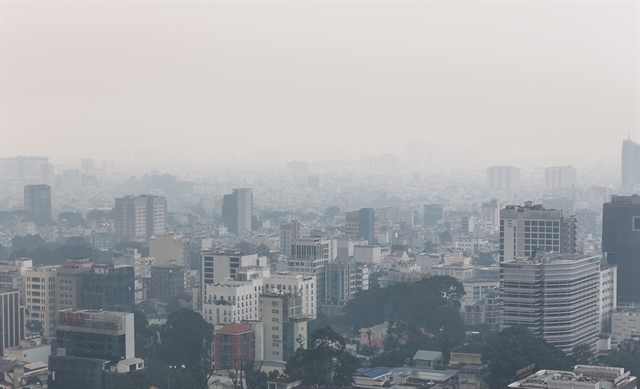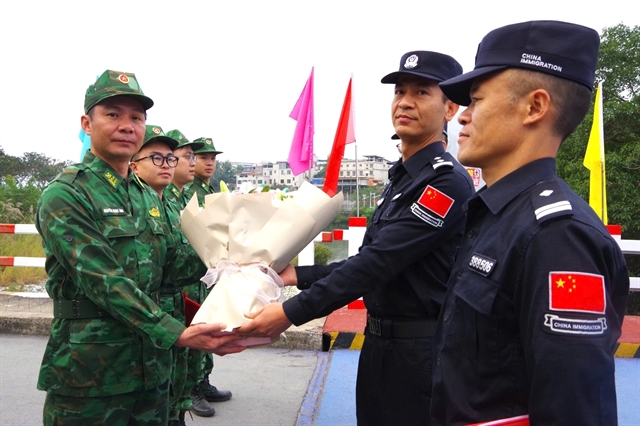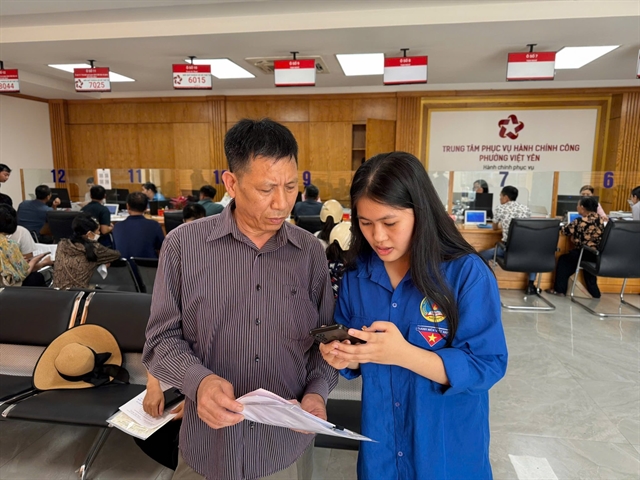 Environment
Environment

 |
| Yên Xá treatment plant is seen as one of the capital city's most critical projects to address wastewater problems. — VNA/VNS Photo Tuấn Anh |
HÀ NỘI — With limited systems for water sewerage and drainage in the capital city, many experts agree that technology solutions are vital to addressing wastewater problems.
According to Dr Lê Xuân Rao, president of Hà Nội Union of Science and Technology Associations, 100 per cent of household wastewater in the capital city must be collected and treated by 2030, with 41 treatment plants that each have a capacity of 1.8 million cubic metres per day.
Hà Nội currently counts only six wastewater treatment plants, which are Kim Liên, Trúc Bạch, Yên Sở, Hồ Tây, Bảy Mẫu, Bắc Thăng Long-Vân Trì. Most of them are located along the Tô Lịch River basin.
Their combined capacity can only respond to around 28.8 per cent of the total wastewater volume requiring treatment.
Yên Xá water treatment plant, which has a capacity of 270,000 cubic metres per day, is expected to go into operation in 2025 and increase the percentage of treated wastewater to around 50 per cent.
According to the city’s plan for urban wastewater treatment and drainage system for the 2021-25 period, Hà Nội will continue working on large-scale treatment plants, building a decentralised treatment system for each area, residence or semi-urban and rural clusters situated far from the central urban zones.
In addition to infrastructure development, the capital city also plans to raise awareness of environmental protection and water drainage fees, while also allocating financial resources and promulgating policies for coordination among different stakeholders, said Rao.
Hà Nội’s drainage system in the inner city and old urban areas were built in the early 20th century, according to Dr Trần Đức Hạ, former director of the Water Supply and Sewerage Research Institute.
However, the sewer system does not cover the entire urban zone, while drainage points for household wastewater currently have yet to meet the requirements in terms of both quantity and technical conditions, he said.
To improve the wastewater quality in Hà Nội, Hạ believes measures should be taken to enhance the inner-city lakes and rivers’ ability for self-cleaning, while also combining these structures with public spaces for entertainment, cultural and religious activities.
A water quality and hydrological monitoring system is also necessary to regulate water flow and control discharge from factories and treatment plants into the rivers, he added.
Several technology solutions for wastewater treatment have been put into application in the capital city.
Hanoi Sewerage and Drainage One Member Co Ltd developed and introduced grease separators named EN 1825 and EN 858 with 90-95 per cent effectiveness, said the head of the system operations department Hoàng Thái Hà.
Removing grease in wastewater at the sources will help reduce blockages as well as dredging, maintenance and repair costs for drainage pipes, he said.
SiGen, an environmental company based in Bà Rịa-Vũng Tàu Province, also produced mosquito-free odourless catch basins, which help accelerate drainage rate, prevent mosquito-transmitted diseases and ensure hygiene in urban areas.
The company has done a pilot test in several wet markets in HCM City, and believes that this invention could be beneficial for wastewater drainage and treatment across the country and in Hà Nội in particular. — VNS




